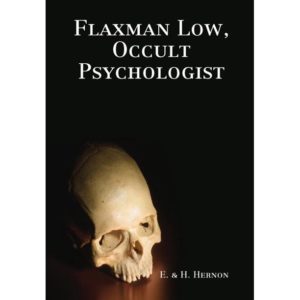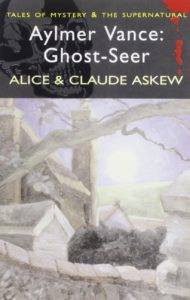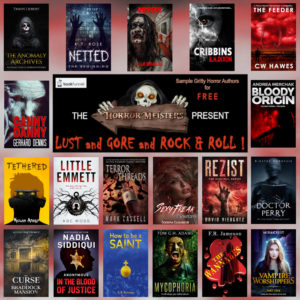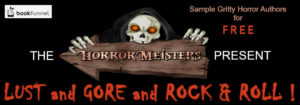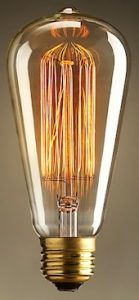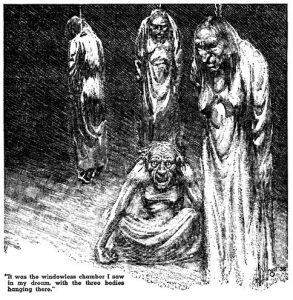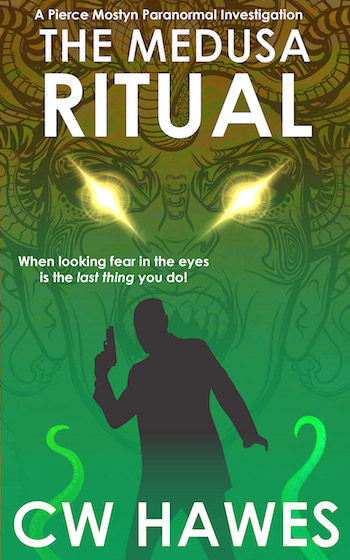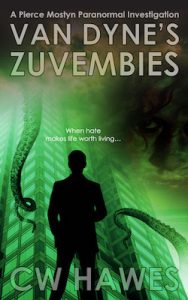
I’m gearing up for the launch of the 7th Pierce Mostyn Paranormal Investigation: Van Dyne’s Zuvembies.
The release date is July 20th.
The final read through, actually the computer is reading the text to me, is going along nicely, and I’m still catching extra words, an extra space between words, and the like. I want the text as clean as I can make it. No one likes a text with errors. Yet they happen. Even to the big corporate guys. If I get a book for free or under $3, I’m pretty forgiving. If I’m paying big bucks, much less so.
To wet your whistle for the new Pierce Mostyn, I’m giving you a snippet. Enjoy the Prologue to Van Dyne’s Zuvembies!
She looked at the address, back at the slip of paper, and then back at the number over the door.
This is the place, she thought, and walked down the short walk to the door. A man, coming out, held the door for her.
“Thank you,” she said, and entered the building. A ordinary, nondescript three-story on Northern Boulevard in Queens.
The directory in the lobby told her she wanted the third floor. At the elevator, she pressed the up button and waited. There was a bit of a musty odor to the old and dingy carpet, and the young woman wrinkled her nose at the smell. When the elevator doors opened, she got in, and pressed three. In a moment the doors opened once more, she got out, and turned into the corridor.
Suite 304 was to her left. She walked a dozen steps and stopped in front of a plain door with frosted glass window and the name Asher and Associates painted on the glass in black letters.
She looked once more at the slip of paper, took a deep breath, and exhaled. Her hand pushed down on the door handle, and giving it a push, the door opened, and the young woman walked in.
There was a small waiting room with a half-dozen beige plastic chairs lined up along one wall. A pretty little redhead, with the most beautiful smile, sat behind a desk opposite the plastic chairs. A counter fronted the desk, and a sign announced that the desk was home to the receptionist.
The redhead, smile still in place, said, “How may I help you?”
“I’m Sofia Rivera. I have an appointment for three.”
The receptionist looked at her computer screen, tapped a few keys, and studied the screen for a moment.
Sofia was jealous. How could anyone be so happy as to smile like that?
The redhead looked at her. “Please have a seat. The therapist will be with you in a minute.”
Sofia sat and put her hand in her pocket for her phone. It wasn’t there, and the anger bubbled up. Why did they have to take her phone away? It was so unfair. And if her sister hadn’t blabbed…
God, I hate Maria, she thought. Why can’t Dad take my side? And that woman he married. She really, really has it in for me. I hate them. I hate them all.
A door next to the receptionist opened, and a dark-skinned Indian woman called her name.
Sofia got up and walked over to her.
The woman smiled and said, “I’m Kashvi Pushpagiri, your therapist. Follow me.”
She led Sofia to a room that was on the spacious side, indicated a chair for her to sit in, and took a seat in the chair across from her. A round coffee table sat between the two chairs.
“So tell me why you’ve come to see me.”
“Everyone’s against me.”
The therapist arched an eyebrow. “Everyone?”
“My dad never takes my side. My sister’s a blabbermouth. My step-mom thinks I’m worthless and turns my dad against me. I just hate them.”
“You hate them? Actually hate them?”
There was a pause. “Well, maybe hate is a little strong.”
“Is it? Perhaps you do hate them. Didn’t they wrong you? Aren’t they against you?”
“Well, yeah, they are.”
“Have you considered that perhaps they hate you.”
“Really?”
Pushpagiri nodded.
“Wow. I never thought of that. I mean, like, I can see my step-mom, and maybe my sister, but my dad?”
“Did you want him to marry your step-mom?”
“Hell, no!” Realizing what she’d said, Sofia, somewhat embarrassed, apologized. “Sorry.”
“That’s quite alright. You are in emotional pain. Those who should love you, don’t. You are all alone. But I’m here to help.” Kashvi favored Sofia with a smile.
“You really think they’re against me?”
“Why are you defending them?”
“I’m not!”
“Sounds like it to me. Do you want to be walked on your entire life?”
“No. No, I don’t want that.”
“Your sister blabbed something which you trusted her to keep a secret.”
Sofia nodded.
“What was it?”
“I had my boyfriend over when Dad and Lu, that’s my step-mom, Lucinda, when they were out.”
“And that’s a problem?”
“Well, uh, we were, uh, in my room and…”
“You were having sex.”
“No, not sex. But we were, well, you know.”
“Making out.”
“Yeah.”
“And your sister told your dad and step-mom and you got in trouble.”
“She even called me a slut! Lu did. She should talk.”
“Sofia, it’s very important, if you want to become a strong woman, it’s very important for you to face and express your rage. You must voice your hate. We at Asher and Associates practice what we call primal rage therapy.”
“I just want what’s fair.”
“We all do.”
“So what’s this primal rage thing?”
“Women have been held down for a long time. Essentially ever since humans began. Prehistoric women, because they were weaker than men, were abused by them. Skeletons of those prehistoric women show what are commonly called abuse fractures. And let’s face it: nothing’s changed. We are still being abused. Biologically we carry the rage, the hate, of our abuse in our DNA. That’s why it is very important for us to let it out. To stop repressing it. We must go back to our primal state and rage against our oppressors.”
“How do I do that?”
“By using the oppressors and abusers we face today to take us back to our primal selves. Each day, you must do a five-minute hate. Put the picture of one of your oppressors before you and scream out your hate. Change the picture each day. Did you bring a picture with you?”
Sofia nodded. “I brought a picture of my sister.”
“Good. Let’s practice the five-minute hate right now. Put the picture on the coffee table. Let’s hate her together.”
For five minutes Kashvi Pushpagiri and Sofia Rivera hurled abuse and hateful words at the picture. They screamed at it and hit it. When the five minutes were over, Sofia felt exhausted, yet invigorated.
“I’m going to give you our special primal hate drink.” Kashvi walked over to a shelf, retrieved a bottle, and gave it to Sofia. “Drink this tonight and while doing so fill your mind with hateful thoughts. Remember how freeing the five-minute hate felt?”
Sofia nodded.
“Think those thoughts again while drinking the bottle.”
“That’s it? Just drink this?”
“Yes and don’t forget the hateful thoughts while drinking. It doesn’t taste very good, so drink it quickly. You have to drink all of it. Thinking the hateful thoughts helps the medicine go down.” Kashvi smiled.
Sofia looked at the bottle, and then at her therapist. “Okay.”
“That’s it. See you next week. Brittany will set you up with an appointment.”
Kashvi stood and walked Sofia out to the lobby.
At the door they said goodbye. Kashvi went back to her office and Sofia walked over to the reception desk.
The redhead gave her an appointment card with a date and time on it. “Does that work for you?”
Sofia looked at the card and nodded. “Does this stuff really work?”
The redhead smiled. “Yes, it does. You will be a whole new person.”
Sofia smiled and left the office. On the elevator going down, she realized how free she’d felt after that hating. She actually felt good and empowered. And she liked feeling good.
Share This!

